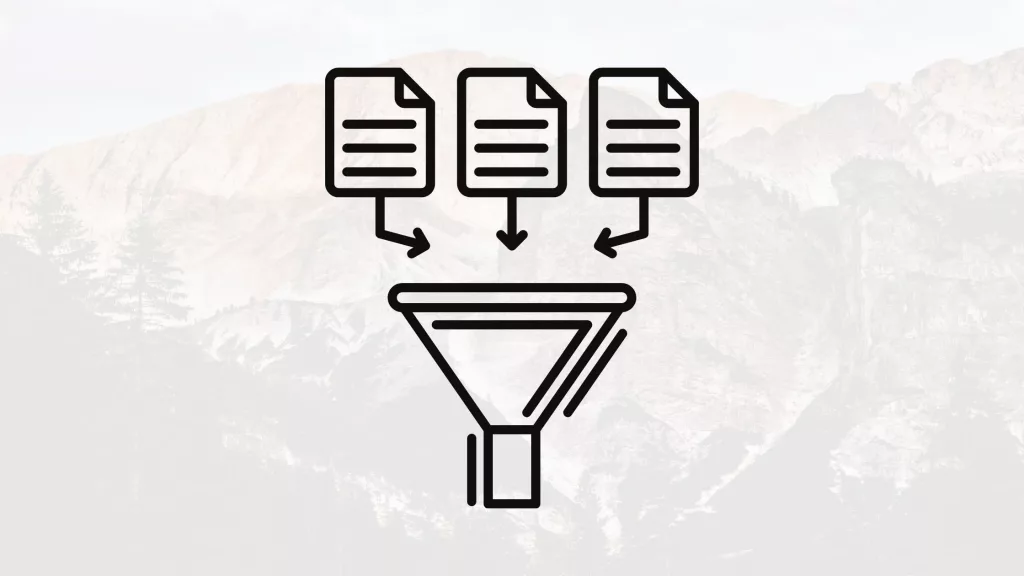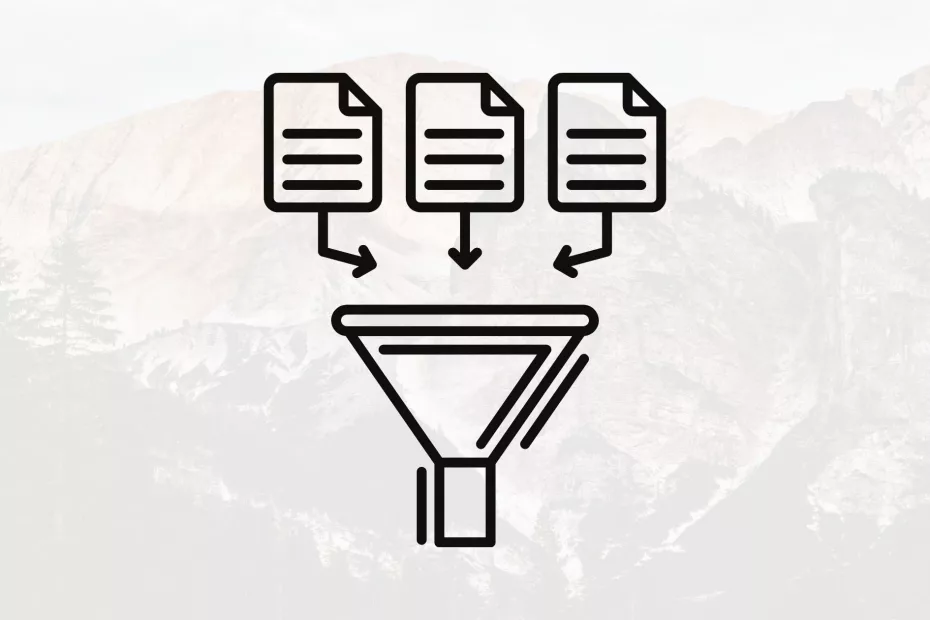Data collection methods are ways of directly measuring variables and gathering information. They allow you to gain first-hand knowledge and original insights into your research problem. You can choose just one data collection method, or use several methods in the same study.
Let’s dive into a few of the most common choices, and look at some concrete examples of how you can use different methods. But first let’s see the two different types of data.

Qualitative data
Of course when we think about qualitative often it comes in a narrative non numerical form and provides insight into experiences, behaviors, interests, attitudes, and beliefs. That teachers, students or other participants may have sometimes. They seek out to answer questions that start off with how or why for example. That could include interviews focus groups and even open-ended surveys, for example questionnaires. Even so, one example of a qualitative research question could be how do students engage in online learning activities and another why do students choose online learning over traditional face-to-face programs.
Quantitative Data
On the other hand is in the form of numerical or ratio scale data and that can be quantified. And analyzed through the study of statistics that here is where we draw connections between a number of factors. For example we could say what is the relationship between academic achievement and the number of hours spent studying. Or we could say what are the most influential factors that predict college success. That is looking at a number of factors and even the relationship between one or more factors compared to one another.
Collecting quantitative data:
Quantitative observation involves systematically measuring or counting specific events, behaviors, characteristics, etc. With this method, it’s important to have clear, objective rules to ensure you count the same thing consistently. You need to clearly define the categories and criteria of your observation in advance.
Surveys is a vital data collection method. It allow you to collect data about opinions, behaviors, experiences, and demographic characteristics by asking people directly. There are two main survey methods to choose from: Ask people to fill out questionnaires themselves. Conduct interviews where you ask questions and record the answers.
Questionnaires are more common in quantitative research. Scribbr defines they usually include closed questions with multiple-choice answers or rating scales. This allows you to collect consistent data from many people and analyze the responses statistically.
For example, if you want to measure students’ satisfaction with their online classes, you could use a questionnaire to collect responses from many students. Performance based assessment: these are traditionally administered using pen and paper, but they’re going more to an online formatter electronic format. Users can create their own assessments to ensure that they’re specifically targeted to their group or their participants with whom they’re studying.
Collecting qualitative data:
Qualitative observation involves taking detailed notes and writing rich descriptions of what is observed.
This means you don’t have to decide in advance how to categorize your observations. For example, in an ethnographic study, you might take notes describing how students and teachers interact in the online environment.
In theory, observations allow you to collect data on how people really behave (and not just how they say they do).
But keep in mind that being observed may make people behave differently than they normally would.
When we think about qualitative data on the other hand we can look at interviews and observations, and even focus groups. According to Evan Ortlieb, those are typically for more people in a focus group and you can do multiple focus groups. The most common approaches for qualitative data collections are:
Interviews:
Another important data collection method. Interviews are more common in qualitative research. They usually allow participants to answer questions in their own words.
For example, you could conduct interviews to understand how teachers prepare for online classes and explore which aspects they struggle with. Unlike with questionnaires, you can ask follow-up questions and explore ideas in more depth. However, interviewing is more time-consuming and usually involves a smaller group of participants.
The pros of interviews:
- Better Response rates than surveys.
- Provides in-depth information
- Allows flexibility in QQuestions/prompts
The Cons:
- Time Consuming
- Less anonymity for participants
- Difficult to analyze data
- More skilled based
Focus Groups:
Focus Groups, or observations allow you to collect data unobtrusively, observing characteristics, behaviors or social interactions without relying on self-reporting.
For example, to research teachers’ skills in online teaching, you could observe their classes directly.
Observations may be conducted in real time, taking notes as you observe, or you might make audiovisual recordings for later analysis.
The pros of Focus Groups:
- Collect multiple perspectives quickly.
- Greater insight.
- More Budget-friendly
The Cons:
- High skilled moderator required.
- Difficult to analyze data
- Groups likely to influence decisions
Examples of Data Collection
There are many other data collection methods that are common in different fields.
Here are a few examples:
- Media and communication, you might collect a sample of texts to be analyzed (e.g. speeches, articles, or social media posts).
- Psychology, you might use technologies like neuroimaging, eye-tracking, or computer-based tasks to measure things like attention or reaction time.
- In education, you might use tests or assignments to collect data about knowledge and skills.
- In the physical sciences, you might use scientific instruments to measure things like weight, blood pressure, or chemical composition.
Secondary Data, and its importance in Research.
But wait – what if you don’t have the time or resources to collect data from the population you want to study?
Instead of collecting your own data, you can use secondary data that other researchers already collected – for example, datasets from government surveys or previous studies on your topic. With this raw data, you can do your own analysis to answer new research questions that weren’t addressed by the original study. Using secondary data gives you access to much larger and more varied samples than you could collect yourself. However, it also means you don’t have any control over which variables to measure or how to measure them, so the conclusions you can draw may be limited.
Some Final Thoughts
If you’re struggling to choose the best methods for your research, try reading relevant studies in your field to see how they went about it. Once you know which methods you want to use, you also need to plan the details of how you’ll use them.
For More articles and projects, visit Datafifty.com
